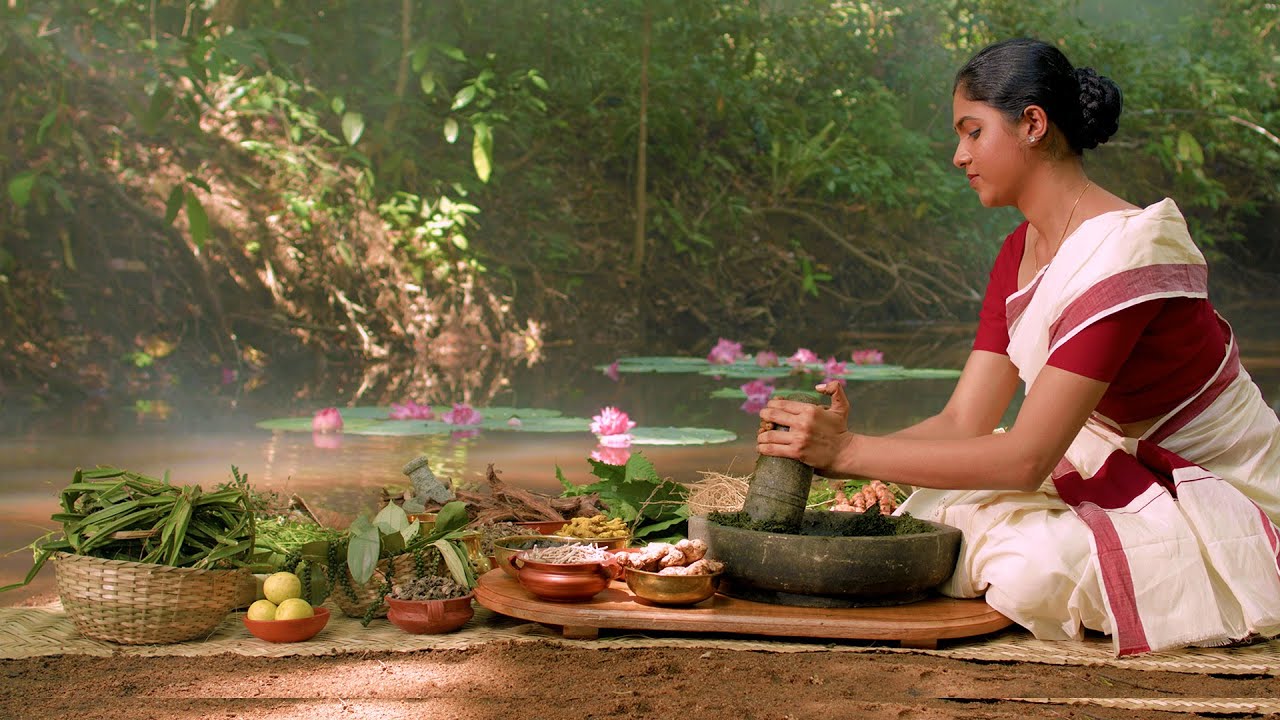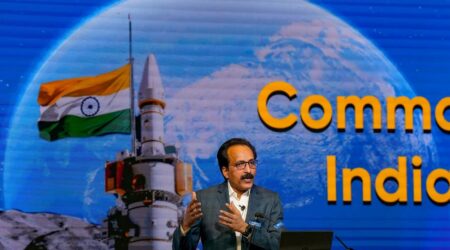By Dr. Bhaswati Bhattacharya
People disconnected from Indian traditions, especially those educated to observe the excellence in convenience and efficiency as the supremacy of the west, approach Ayurveda only when they face the brick wall of medical treatment. Then they ask, does Ayurveda have a cure for my incurable condition?
After years of polluting their own body, most people ignorant of Ayurveda retain exacting standards and demand instant results, though they cannot expect the same from modern medicine. Their immature emotional outrage, manipulation, anger, expectations, and condescending tone are their currency of power. Ayurveda actually advises the vaidya to turn such patients away, because Ayurveda also has the wisdom to remember that vaidyas are humans too. If the patient and physician cannot interface amicably, they often cannot work to help the patient effectively. The physician who is not ready for such patients should not treat them.
Ayurveda however, also whispers quietly that the cure of any disease is limited only by the four pillars known as the Chatushpada — knowledge of the practitioner, the availability of the needed medicine, the ability of the assistant that helps the patient, and the willingness of the patient.
If the knowledge of the practitioner is deep and the person understands dosha, dhatu, agni and srotas, and the relationship of the physical body with the mental body, the interchange between matter and energy and the way to steadily shift the doshas in the body, then anything is curable. This shift depends however on the other 3 pillars. Even if the physician understands the algorithm by which to untangle the knot that got a patient into a disease state of diabetes, cancer, autoimmune lupus, or heart disease, s/he must have all pieces in place in order to effect change.
The availability of the needed medicine is required. Today herbs are being destroyed by the ongoing advancement of housing developments and shopping malls. Politicians are deprotecting natural parks and lands where animals roamed freely, and the trees and plants needed as medicines are being destroyed. Thus, anyone that does not believe in Ayurveda should not be given precious medicines that can cure incurable diseases such as kutki, jatamansi, and sandalwood that would be wasted on that patient. Medicines that take years to prepare such as bhasmas or complicated formulations such as manasa-mitra-vatakam or chandra-prabha-vati should not be wasted on patients who are skeptical. Thus, wise physicians will often quietly observe a patient and their sincerity before utilizing such precious medicines on them.
The sick patient also often needs an aide. That person is often the spouse, children, or other family members. Sometimes friends are available to help a little, bit but not consistently. Sometimes there is a nurse who is paid to help. But clearly, the aide only works when they want to. This asset — to have someone in life that would help when the patient is so unable to nurture the relationship — is one of the greatest true wealth in life. And most people today who have not nurtured their personal life, do not have someone who would serve as a true assistant and proper aide, even if they have money. Thus, even with proper medicine and an amazing wise doctor, the patient will not be able to get the life-saving help that is needed for the course of the treatment.
The willingness of the patient is the fourth pillar. If the person is not invested in life, does not have the desire to live, and does not have the personal strength to connect inside with the body and mind, no amount of perfect medicine, amazing wise doctor, and assistant to cook and care for the patient will help. The person who is skeptical about treatment will not allow the inner gates of acceptance of the medicine, whether on a chemical level or an energetic level. This is known through hundreds of scientific studies as the negative placebo effect, also as the nocebo effect.
In today’s ayurvedic medical schools, students are not taught the four pillars in their depth. Due to the limited ability of most teachers, their students learn that certain diseases are not worth the effort.











